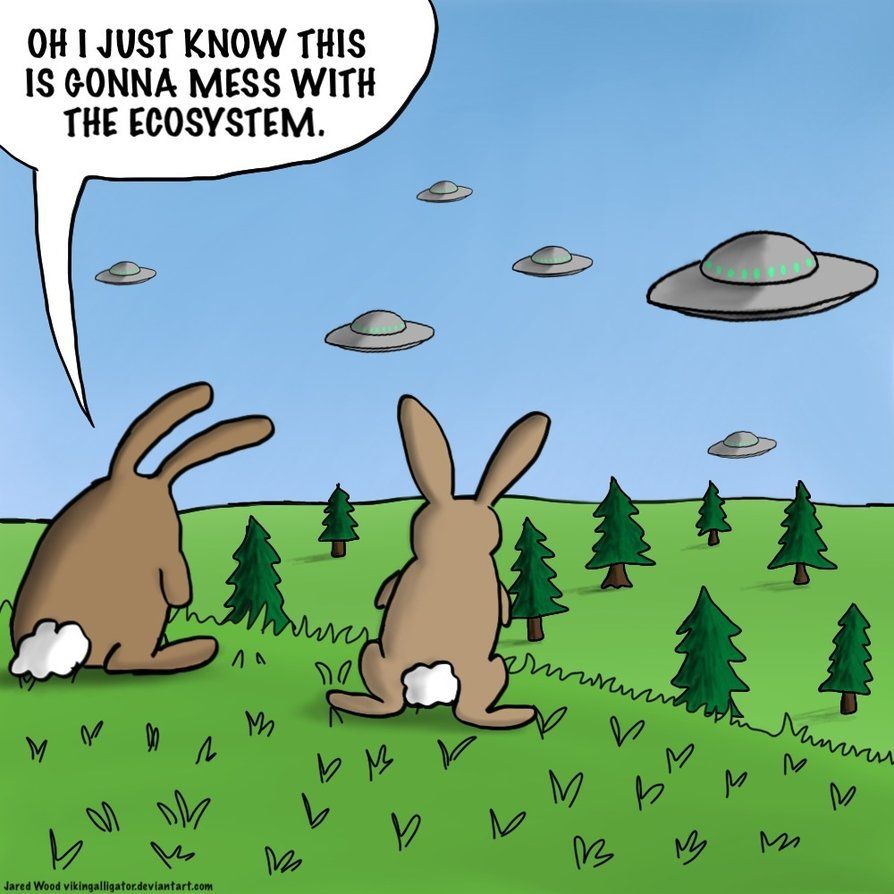Anchor PhenomenonFeral cats affect thousands of neighborhoods around the U.S., including many in our County.
They are an invasive species, and have proven difficult to control. Their impact on local ecosystems is widely discussed, particularly involving the reduction in local bird species. |
|
Essential Questions:
How do feral cats work together and as individuals to ensure their survival? Why have efforts to trap, neuter and release not been successful controlling feral cat populations? How do feral cat populations affect the stability and biodiversity of local ecosystems? |
Learning Objectives:
I can evaluate the claims of an argument regarding the effects of specie group behaviors. I can use mathematical representations to explain population growth and carrying capacity of a species. I can use graphs as supportive evidence of the effects of various factors on biodiversity in an ecosystem. |
Standards Addressed:
HS-LS2-1. Use mathematical and/or computational representations to support explanations of factors that affect carrying capacity of ecosystems at different scales. HS-LS2-2. Use mathematical representations to support and revise explanations based on evidence about factors affecting biodiversity and populations in ecosystems of different scales. HS-LS2-6. Evaluate the claims, evidence, and reasoning that the complex interactions in ecosystems maintain relatively consistent numbers and types of organisms in stable conditions, but changing conditions may result in a new ecosystem. HS-LS2-8. Evaluate the evidence for the role of group behavior on individual and species’ chances to survive and reproduce. |

